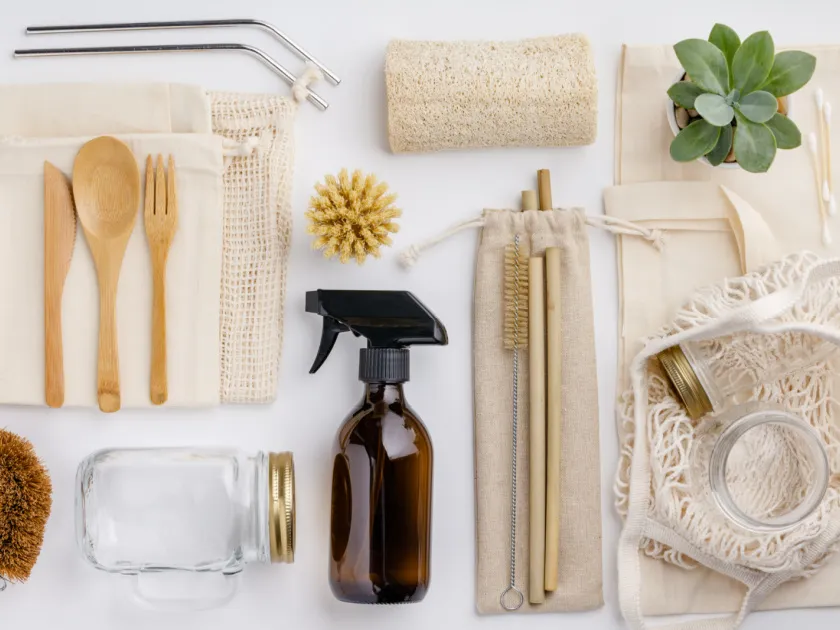Inside: Wondering how to reduce waste at home when you have kids? Here are 17 super easy, painless swaps that will slowly reduce the amount of trash your family generates. Over time, you can make a difference, one small change at a time.
In early 2020, like most frazzled, exhausted and desperate parents everywhere, we invested in Disney+. It may or may not have coincided with my decision to commit to unlimited screen time.
Once we had Disney+, my husband randomly decided to introduce our toddler to Wall-E. As toddlers do, she became obsessed, watching the same movie every single day for weeks and weeks.
And you can’t watch Wall-E that many times without thinking a whole lot about what THE HECK earth will be like one hundred years from now. Or even twenty years from now.
(Side Note: We went to Target during that time and found a Wall-E plastic toy. PLASTIC. A little bit ironic?)
We were already trying to reduce waste by slowly swapping out disposable items for reusable ones, and trying to be mindful of the amount of plastic coming into our home.
But Wall-E lit a fire under my butt to do whatever I could to reduce the amount of trash we were producing. Within reason because: my sanity is also important.
We already were living a minimalist lifestyle, so we had less stuff coming in overall, but using less plastic and disposable items…I didn’t know were to start. But the more I researched, the more I realized it wasn’t as hard as I thought.
In fact, when I discovered how ridiculously easy it could be to reduce the amount of waste you generate at home – even with [a lot of] kids, I knew I needed to share the good news with parents everywhere.
Related: The Best Reasons to Become a Minimalist Mom
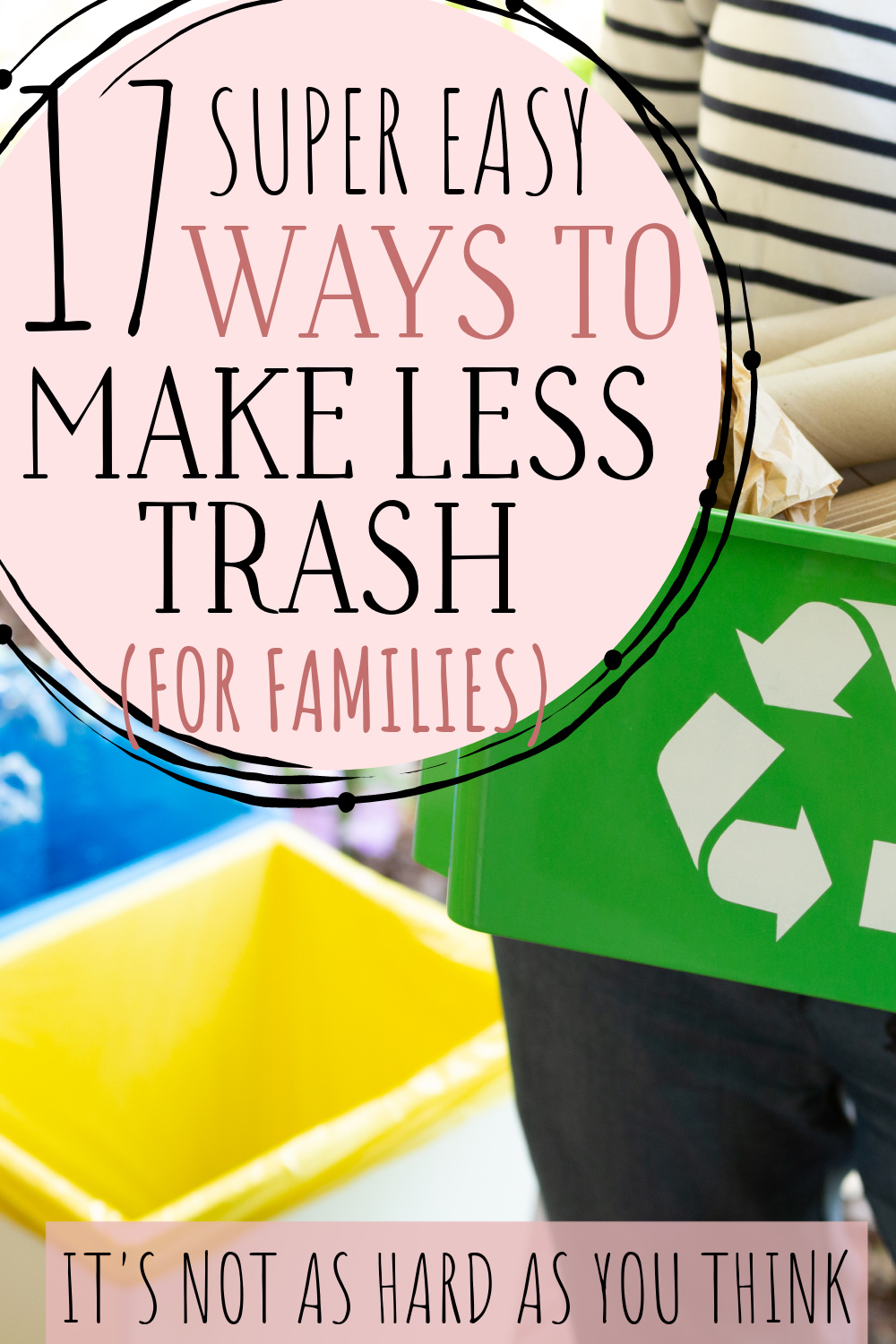
How to Reduce Waste at Home: 17 Easy, Painless Swaps
THIS POST PROBABLY CONTAINS AFFILIATE LINKS. AS AN AMAZON ASSOCIATE, I EARN FROM QUALIFYING PURCHASES. YOU CAN READ OUR FULL DISCLOSURE POLICY HERE.
Before you think I’m some kind of superhero saint over here, we didn’t go to any extremes. We are probably pretty FAR from a zero waste family.
I still consider Huggies wipes a staple in our home, and I confess that I do use paper towels to clean our bathrooms…because there are four boys peeing in this house day in and day out and bathrooms are GROSS, y’all.
And I do have five kids. And homeschool. And work from home.
Some disposable things are necessary for my sanity.
But we have eliminated a lot of waste through living a minimalist lifestyle and through implementing several of these easy swaps.
So here are several painless ideas for families to start reducing waste at home, and hopefully do our part to make sure earth is NOT covered in trash for our grandchildren or great grandchildren.
If it feels overwhelming, take it one thing at a time. Baby steps – every little bit of trash you stop producing helps!
1. Use Pyrex or glass containers for all your kitchen needs.
I absolutely love my Pyrex containers. We invested in a set long ago, adding a few additional pieces over time, and I’ve been super happy with them.
I’d never considered using Pyrex to marinate meat before. Every single recipe recommends Ziploc bags.
However, a rectangular Pyrex container (we have THESE) can do the same job, waste free.
You may need to turn the meat once or twice while it’s marinating, but it’s worth it.
We also use our Pyrex collection to store leftovers and odds and ends, things like half an onion or lemon which we would otherwise use a plastic Ziploc bag.
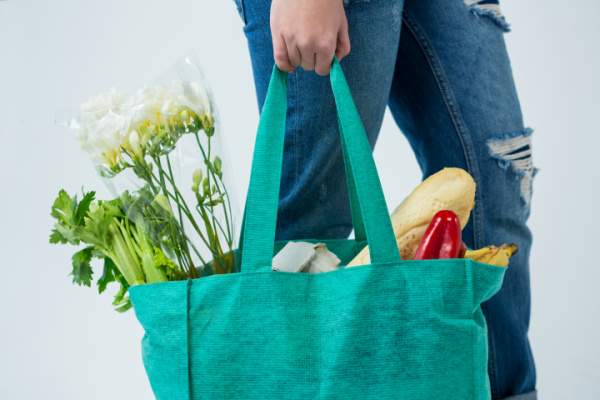
2. Use reusable grocery bags, and/or recycle plastic bags to line small trash cans or wrap diapers.
We could probably never fully live without plastic grocery bags in our house, at least not with this many kids still at home.
We use them to do the job of diaper genies (which we don’t have) and to line our smaller trash cans, which saves me the time of washing out trash cans.
But we definitely don’t need the amount of plastic grocery bags our weekly grocery order requires. Our cart is overflowing for a family of our size!
So we rotate between reusable bags, and opt for plastic grocery bags when we’re running low.
3. Invest in quality water bottles for the entire family.
If you are away from home a lot, invest in quality water bottles, one per family member with a few back-ups.
We own the following:
- Camelbak Eddy for Kids
- Adult Size Camelbaks
- Starbucks Venti Water Cup with Straw
Have kids who chew straws and mouthpieces? Me, too! Camelbaks are fantastic for this common problem because you can purchase replacement bite valves.
If you live in a climate that is hot the majority of the time, friends tell me that insulated water bottles that will keep your water cold are essential.
They make it easier to resist that convenient and cold plastic water bottle waiting at the end of every grocery store check-out.
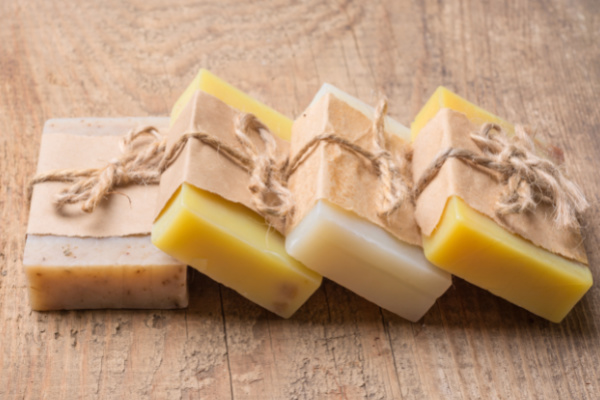
4. Make your own foaming hand soap or switch to bars of soap.
A couple years ago, we invested in glass foaming hand soap bottles from Grove Collaborative (you can try it HERE).
Overall we’ve been happy with them, although you do need to be careful not to replace the pump until the soap has cooled or it will no longer foam properly.
We purchase giant scented Castille liquid soap bottles and dilute with boiled water. We usually go through them so quickly that they aren’t at risk of developing bacteria.
Alternatively, I’ve tried to get my family used to using bar soap. It comes in cardboard boxes, which are easy to recycle and much more eco-friendly.
Sadly, not everyone was a fan. So we have bar soap at a couple sinks, and pump soap at the others.
5. Transition to a paperless kitchen as much as possible.
I confess, we fall off the paperless kitchen bandwagon from time to time.
Parchment paper is still a staple, although I recently spotted compostable parchment paper and am going to give it a whirl. And we do use paper towels for things like bacon grease and cleaning up really disgusting messes, like broken eggs.
But if you invest in microfiber cloths and wash them regularly (and keep the paper towels out of sight under the sink), you can start reducing the amount of paper towels you use in the kitchen over time.
Even if you can’t convince family members to give up their paper towels, and it’s just you using paperless towels to wipe down counters, that’s still a win.
Just make sure to wash paperless towels regularly with whatever laundry you’re doing on any given day, or they WILL mold. Ask me how I know…
Related: How to Get Started with a Paperless Kitchen
6. Compost your produce scraps, laundry lint and other things.
I’m late to the composting game. I am currently a horrible gardener, and perhaps it would help if I cared a little bit more.
That being said, you can still compost even if you don’t plan on using that soil for gardening. You can compost just to help the environment and keep organic material out of the landfill where it will be mixed with other things and take longer to break down.
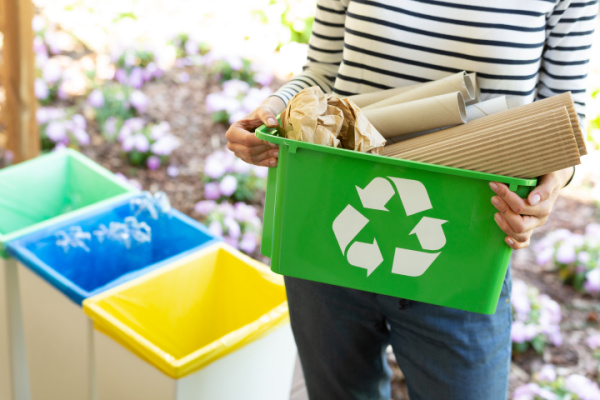
7. Recycle – the right way.
O.k. This one sounds silly, but I realized a year or two ago that I was doing a really crappy job at recycling.
I wasn’t cleaning out containers thoroughly, and I was putting things in recycling that can’t actually be recycled because they have something on it that prevents the facilities from being able to recycle it, like pizza boxes.
Educate yourself about what your recycling facilities accept and don’t accept. Clean your containers so it can actually be recycled (it often can’t if it’s not cleaned out).
Follow recycling guidelines in general and for your area, and make your recycling count.
And while you’re learning how to do it, teach your kids how to recycle properly, too. I don’t remember learning how to recycle in school or at home (sorry if you taught me this and I somehow missed it, mom & dad!).
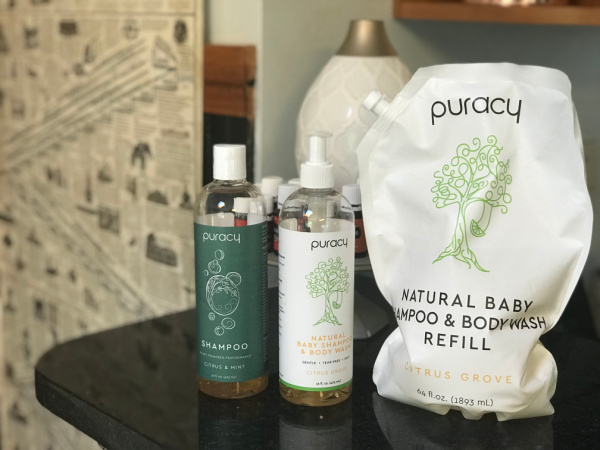
8. Purchase household products that come in recyclable bags.
We have used Puracy baby shampoo/bodywash for a long time, but I didn’t know until recently that you could purchase giant refills that come in recyclable bags!
Game-changer.
You can purchase the initial set of plastic bottles and reuse them again and again. I can’t imagine an easier way to reduce waste in your home while simultaneously replacing your toiletries with this non-toxic option.
We currently use their:
- Baby Shampoo/Body Wash
- Shampoo and Conditioner
- Stain Remover
More and more brands are starting to switch their packaging to recyclable bags.
If other brands are doing it, reach out to your favorite brand and ask them to make the switch, too. Be sure to tell them that you are actively looking to support brands that commit to reducing plastic waste and making recyclable packaging, and if they don’t make the switch, you’ll need to find another brand.
I recently discovered two brands making non-toxic laundry detergent pods that use recyclable bags. Our current brand – Mrs. Meyer’s diswasher tabs in Lemon Verbana – does use bags, but there is no indication that they are recyclable.
I recently contacted them letting them know that I was looking for a new brand, but that I hoped to stay with them.
I specifically mentioned that I knew of two other brands who switched to recyclable packaging.
It doesn’t always feel like it, but as consumers, we can make a difference with our voice and our buying choices. So make sure your favorite brands know that sustainability matters to you.
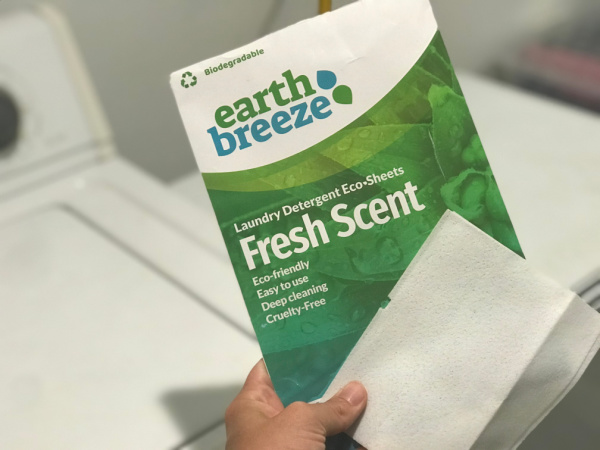
9. Use laundry detergent sheets, instead of bottles.
Earth Breeze recently reached out to me about trying their laundry detergent sheets. This post is not sponsored, but they did send me complimentary packs of the fragrance-free and fresh scent laundry sheets.
I love the concept overall – well done, Earth Breeze! That being said, I’m not entirely sold on this particular brand just yet, mainly due to the questionable ingredients.
If you aren’t super worried about ingredients or are already using a common brand like Tide anyway, Earth Breeze may be for you (and we may land here eventually).
My husband still insists I use Tide because I haven’t come across a detergent in the “non-toxic” space that actually can get the stink out of his clothes.
Earth Breeze does make your clothes smell great (the fresh scent version), and you can easily set up a subscription so you are never without laundry detergent. Their packaging is cardboard and recyclable, so it also saves so much space while being eco-friendly and reducing plastic waste.
Before I commit to Earth Breeze, I plan on trying THESE non-toxic laundry sheets after I’ve used up all the detergent we have, which is actually quite a bit since I’ve been trying to find a non-toxic laundry detergent that leaves my clothes smelling fresh (the problem could in fact be my washer).
I’ll update this post when I decide what will be our regular detergent! We are definitely switching to laundry sheets from here on out – no more big plastic bottles.
11. Switch to bamboo toothbrushes.
This one could be slightly challenging since dentists seem determined to give kids bags full of clutter goodies at every single visit, including plastic toothbrushes.
But you could talk to your dentist in advance and ask that you kids just be given stickers instead, so something FROM the goodie bag, not the entire thing.
According to this article, one billion toothbrushes are discarded every year in the United States alone. ONE BILLION.
Making the switch to biodegradable bamboo toothbrushes can make a big difference, especially over time.
The next time we need new toothbrushes, I plan on replacing ours with THESE bamboo ones.
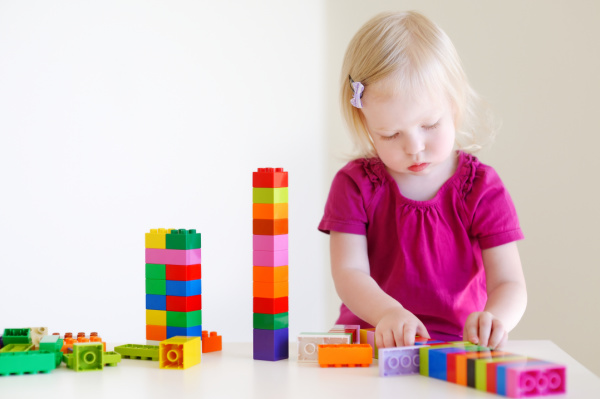
12. Invest in quality toys that will last.
Sadly, broken toys take up more than their fair share of America’s landfills. But it doesn’t have to be that way!
You can choose to buy fewer, longer-lasting toys that can be passed down to younger children or given away when they are still in good condition.
A few easy swaps to consider:
- Choose washable dolls instead of ones with plastic heads.
- Any building toys (like LEGO) are usually great toy choices as they can be added to over time – if/when small individual pieces break, it won’t detract from the rest of the collection and may even be replaceable.
- Normalize minimalist gifts like experiences, consumables and “easy to rehome” items as gifts for holidays and birthdays.
Don’t beat yourself up over the occasional crappy “I need to buy this right now so my kid will stop screaming in the grocery store” toy, but don’t make it the norm in your family.
And be sure you communicate to your children why you are making the choices you’re making when it comes to toys: you care about our planet and everything that comes through our homes lives on somewhere else after we’re finished with it.
A field trip to the local landfill could also help…
13. Use bento boxes for school lunches, and reusable containers for individual snack portions.
School lunches. Not the most eco-friendly thing in the world.
I confess this is one I haven’t had to do simply because we homeschool, and almost every meal and snack is eaten at home. See – homeschooling can be an eco-friendly choice!
For those of you who do send your kids to school (a completely valid choice), I sympathize.
Individually portioned snacks are SO easy to just toss in a lunch box, but not so great for the environment. I totally get it – if my kids were in school, I would be tempted to pre-packaged individual snacks.
But only takes a few more seconds to pull out that big bag of chips or goldfish and dump a small portion into:
- a resusable ziploc bag
- a reusable snack container
- a bento box container
This post on zero waste school lunches has amazing tips. Don’t miss it!
14. Recycle clothing that is no longer donation worthy.
How many times have you sorted through your kids’ clothes and come across items with stains, rips or holes, making that item undonatable (is that even a word?)?
It turns out that you can actually compost clothes! As long as the materials are 100% cotton, wool, silk or linen, you can cut the clothing into small pieces and add them to your compost pile.
This is a great incentive to be mindful of the clothing you purchase – both for yourself and your child(ren) – since clothing made with polyester or spandex cannot be composted.
You can also turn clothing into rags, or save old t-shirts until you have enough for a t-shirt quilt.
15. Decline utensils and other extras you don’t need when you order take-out or fast food.
More restaurants like Chick-fil-a have stopped assuming you want a ton of napkins and disposable silverware. If you order on their app, they will ask you if you want those things, instead.
If you are going to bring your food home to eat, decline extras like napkins and disposable silverware you probably won’t actually use and will end up in the garbage.
16. Buy reusable glass, silicone or stainless steel straws instead of plastic disposable straws.
Maybe we’re the only ones, but anyone with kids probably knows how essential straws feel to daily life.
We drink a LOT of smoothies in our house, so we use straws almost every day.
A few years ago, I invested in Grove Collaborative glass straws (you can try a membership HERE and get a free gift set to start). The glass ones are still my favorite…but with kids, it’s also a good idea to keep silicone ones around, too.
We had a few glass straws get left on the floor and broken, plus my younger kids like to chew on the straws. So now we have both glass and silicone.
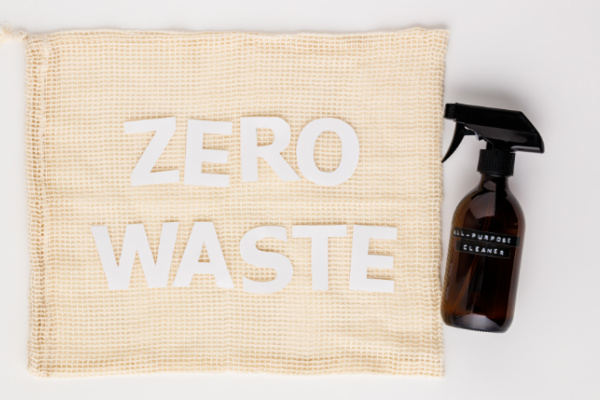
17. Switch to a concentrated multi-purpose cleaner for less plastic waste.
Purchasing pre-made multi-purpose cleaner over and over again creates a TON of plastic waste.
I can’t even imagine how many of those bottles we would go through now with five kids and a house double the size we used to have.
A long time ago, I switched to concentrated multi-purpose cleaner. Back then I was using Mrs. Meyer’s concentrate, which I can no longer recommend because of the ingredients in their multi-purpose cleaners (I do still use their dish soap), and it was purely a financial decision.
Today, I use Thieves cleaner, which you can still buy even if you aren’t a member, for a higher price.
I typically buy the 14 fl. oz. bottle, and I go through one every 8ish months. I’ve been eyeing the 64 fl. oz. bottle for even less plastic waste, but I think it would be challenging to actually make the cleaner with a bottle that big.
I typically use one capful per 16 oz. spray bottle and fill with warm water. Sometimes I will up the concentration for things like the bathroom to two capfuls a bottle.
For stubborn jobs like cleaning the stove top, I will put 1-2 capfuls directly onto the mess.
So I throw away maybe one bottle a year for cleaning most things in my home. Pretty easy swap!
Related: Please Don’t Declutter Your Home in a Weekend. Here’s Why.
It Doesn’t Feel Like It, But Every Little Zero-Waste Swap Counts
Although we are pretty conscious about buying less stuff, we are so far from being a zero-waste family.
We still use disposable diapers, get plastic produce bags and still buy paper towels, albeit less of them. Because I can’t handle more than what I’m doing right now.
It can feel like you’re doing nothing at all. But you are actually making a difference!
So take it one swap at a time, one new habit at a time.
And of course, declutter and make minimalist lifestyle choices to reduce waste even further.
Every little bit helps prevent our world from that very scary Wall-E future. When we pass that information down to our kids, we make an even bigger difference.
Read Next: Decluttering Rules for Toys – The Best Questions to Ask for Better Decisions

